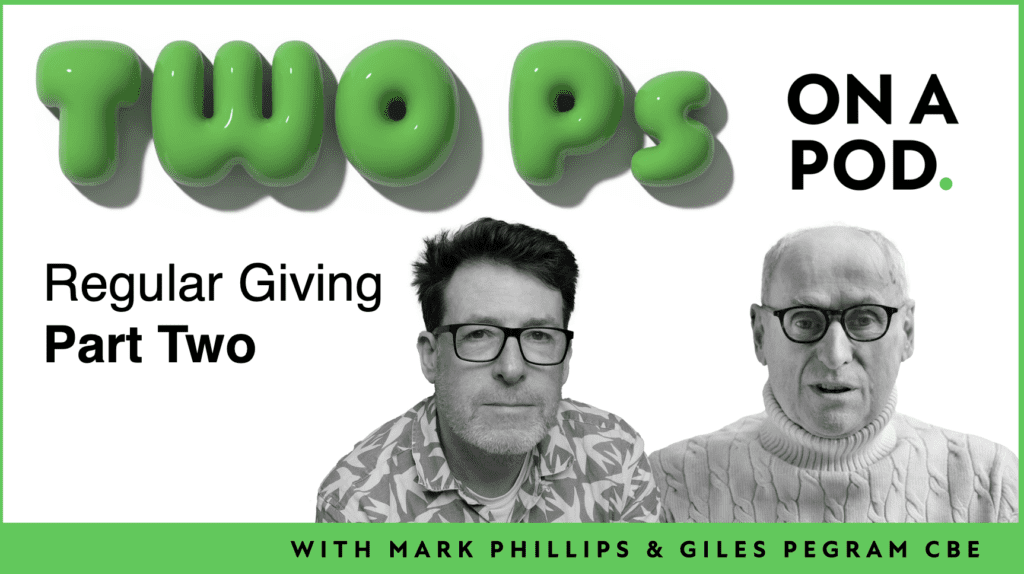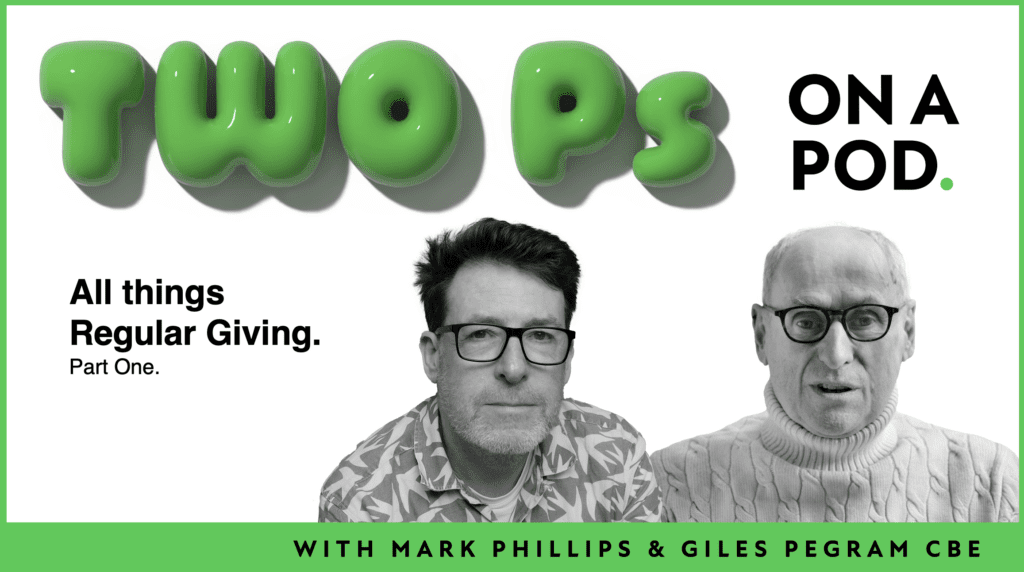Focus on the single minded proposition
One of the most difficult parts of creating a good brief is writing the proposition. This is the single most important thing that your advertisement or pack should convey to the reader – the very essence of what you want to say.
It most definitely isn’t a synopsis of a charity’s mission.
A good proposition should be directional but also requires insight and inspiration. I’ve seen far too many briefs default to the standard, but almost useless…
“Please give us some money so that (insert beneficiary here) can be saved.”
The person who writes this is simply abdicating the planning function to the creative department. That’s fine if you have a strong group of creatives who can do the planning for you, but it can leave inexperienced people completely lost.
Your proposition should focus on a nugget of information that has the power to make someone stop and think. From that point you can add the supporting information to a mind that is both interested and engaged.
As an example, here’s a video built around one motivational idea…
The Child’s i Foundation is a small charity that is building a babies’ home in Uganda. When they put the video together they could have focused on any number of facts – infant mortality figures, the numbers of babies in need of help, what it costs to care for one child for a day, week or month. But they didn’t.
If you watch the video (from 0:35 to 1:25 if you are pressed for time) you’ll see Lucy talk about one simple point. As soon as someone walks into the nursery, all the babies reach up to be picked up and cuddled. The footage provides the evidence as Lucy compares their actions to what a baby might do in the UK. She goes on to explains that the babies simply want to be loved and talks about the consequences for a child who doesn’t receive any affection.
There are no huge numbers. No claims that the organisation is the best at what it does. No big brand statements. it’s a simple fact that brings home in human terms the life of an orphaned baby.
Without sight of the video, a briefing proposition might have said something like…
Orphaned babies in Uganda need your help.
With the video, it would be…
For an orphaned baby, cuddles are as important as food and medicine.
The difference between the two would be very significant to a creative looking for direction on how to answer the problem. The second version contains a concrete thought rather than the ubiquitous will you help?
This form of proposition obviously needs to be backed up by evidence, which brings us back to the supporting information. Again, this shouldn’t lack inspiration either. And it doesn’t need to just come from within the charity. Doing your homework on Google can pay huge dividends (for a few tips on how to use Google to the best effect click here). The better the support information, the better your finished creative work should be.
But above all, your proposition should be single minded and relevant to your donors. It should not be taken from your brand book or mission statement. You are developing a communication designed to move people and should concentrate on doing so.
It was Archimedies who said when describing the concept of leverage…
“Give me a place to stand and I can move the world.”
By helping your agency develop a good brief, you give them a great place to stand in which to move the world in your direction. Which, when it comes down to it, is what we all want to do (with thanks to Gary Duckworth for the analogy).
Tags In
The Essentials

Crack the Code to Regular Giving: Insights, Strategies, and a Special Giveaway!

‘Tis Halloween. Keep to the light and beware the Four Fundraisers of the Apocalypse!

Why do people give? The Donor Participation Project with Louis Diez.

A guide to fundraising on the back of a postcard

What does the latest research tell us about the state of fundraising?





